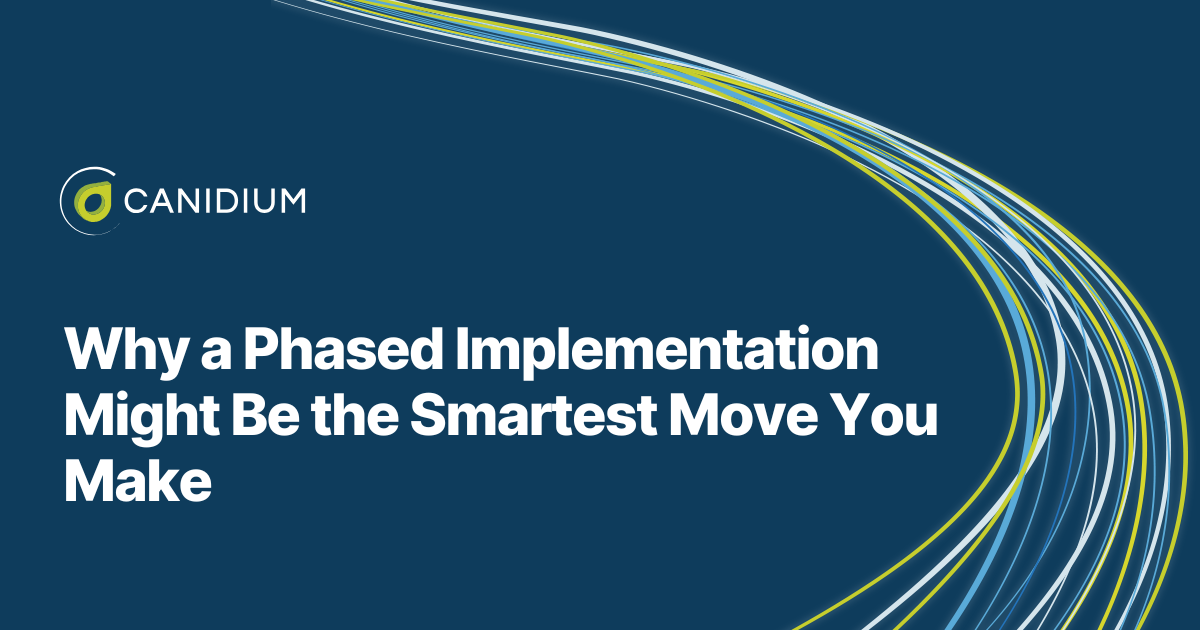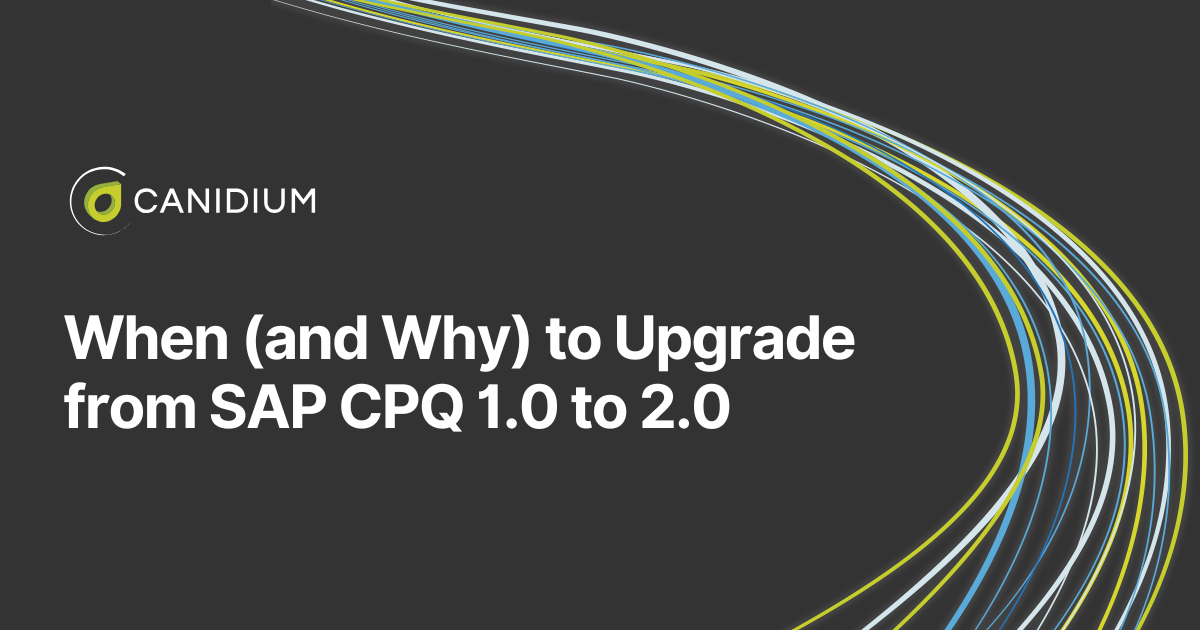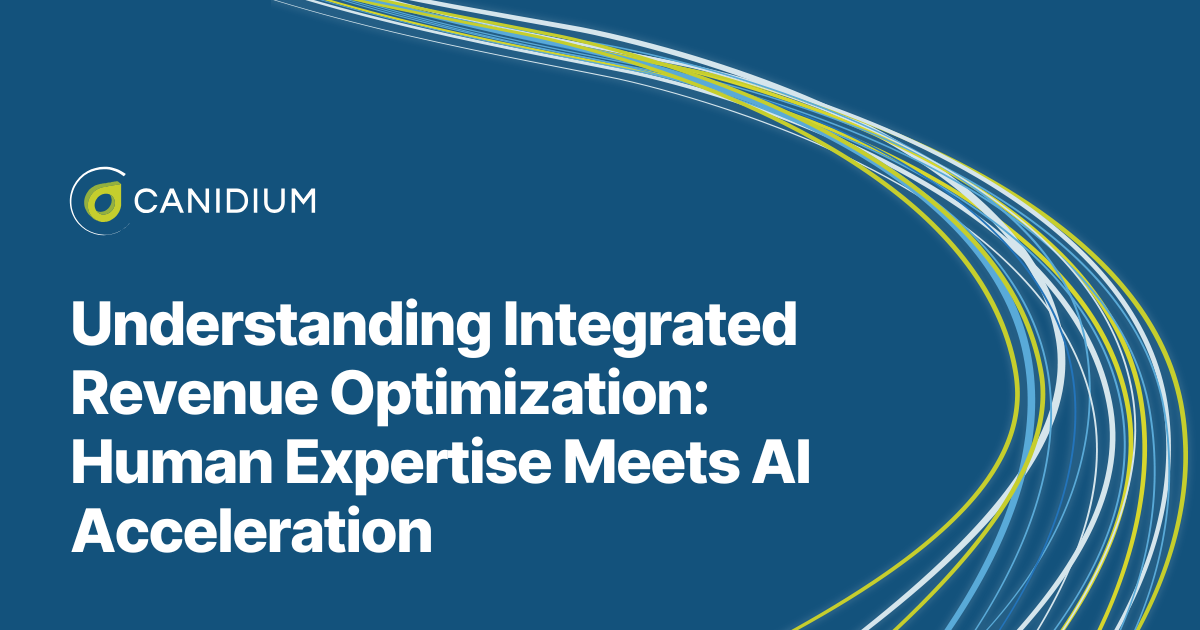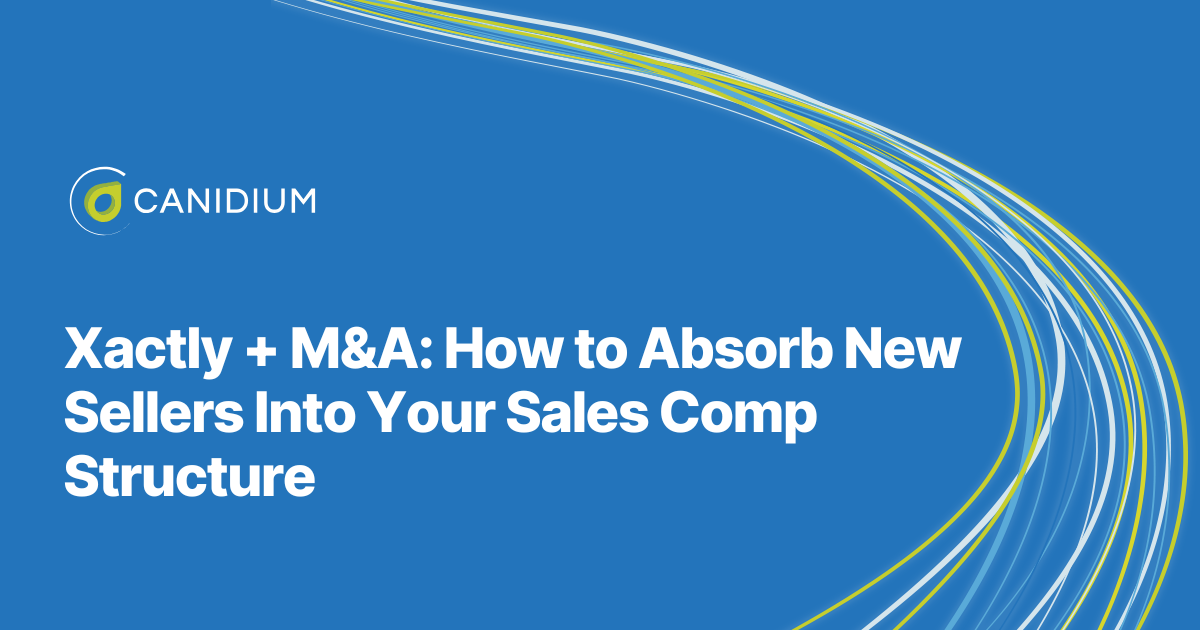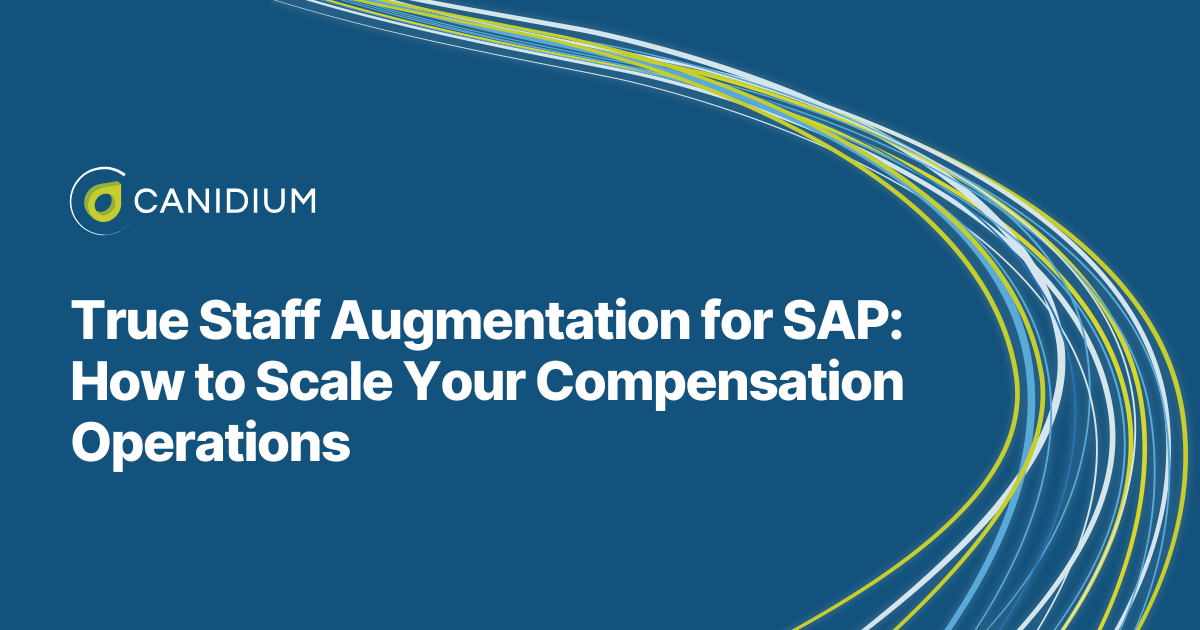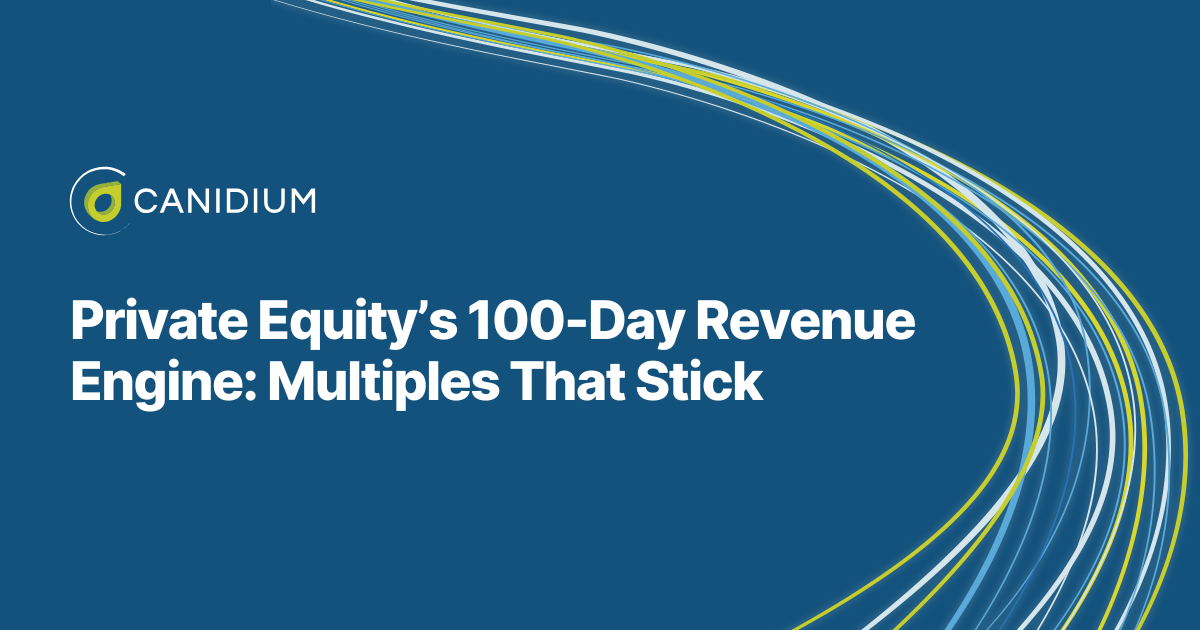Any implementation project is a significant undertaking. If you break down what is often called a "big bang implementation" (AKA a holistic implementation approach where the entire project is completed at once), into its component steps, the project scope can seem insurmountable.
You may be in a position where a big bang approach will be too disruptive to your business processes, strain your resource management, or eat up your budget. Yet, simultaneously, by delaying the implementation process, you actively lose out on the solution's return on investment. In these cases, the best thing to do is eschew a big bang implementation and opt for a phased approach instead.
Let's look into what a phased approach to implementation offers.
What is a Phased Implementation?
Imagine you're opening a new coffee shop.
You don't need a drive-thru, mobile app, full bakery, and espresso tasting lab ready on day one. Instead, you open the doors with the basics: great coffee options, a register, and some seating. Customers start coming in, you get feedback, your staff gets familiar with the workflow, and then, as business grows, you expand.
That's the spirit behind phased implementation strategies. It's about rolling out your system in layers: getting essential functionality up and running quickly in the initial phase, then gradually adding more complex integrations, automations, and features based on real needs over an extended period of time.
This approach is especially valuable when implementing complex systems like incentive compensation management platforms, such as Xactly or SAP, where both business requirements and technical readiness can evolve over time. Regardless of your software provider, a phased project management process allows you to begin using the foundation components of your new system before finalizing the finer details.
The Benefits of a Phased Implementation
You might choose to use phased project management techniques in your next implementation project for multiple reasons. One of the core benefits of a phased implementation is the flexibility and control that breaking up the project into manageable components provides. You can leverage a phased implementation to solve numerous unique business challenges that your organization faces by tailoring the project duration and scope to, for instance, eliminate extra costs, smooth out the transition period and the adoption process, ease the strain on your internal implementation team, or ensure the finished product is highly attuned to your daily workflows.
While there may be unique reasons your organization uses phased system implementation and deployment strategies, there are some common shared benefits you can expect:
Get Up and Running Faster
Imagine you're planning to move into a new house. You could wait until the landscaping is done, all the furniture is delivered, and every picture is hung perfectly on the wall. Or—you could move in with the essentials, start living, and decorate as you go.
A phased approach is similar. In the case of a phased Xactly implementation method, rather than waiting for every integration and automation to be set up, your software implementation partner will configure Incent using all the standard out-of-the-box functionality. There is no need to wrestle with data integrations or complex automation at this stage, so you can go live faster.
This early access means your compensation system can start calculating and producing results sooner. Reps get visibility, administrators can start running plans, and your organization begins realizing value, without waiting months for full customization. Then, once you are ready, you can commission your software implementation team to automate specific workflows or build custom dashboards. This interim period between the two project phases gives you additional time to uncover which customizations and configurations you want, and which you don't; potentially saving you additional costs in the long run.
No Need to Wait on Data
Data can be messy. For example, imagine your CRM implementation is underway. Perhaps you know your transaction data needs serious cleanup. Or maybe you're in the middle of a larger data transformation initiative, and your team just doesn't have the bandwidth to juggle everything at once.
Businesses often have a strong inclination to hold up new implementations and rely on legacy systems until data challenges are resolved. However, this isn't necessarily a good move. The quicker you can get off your legacy system, and onto more effective and efficient modern solutions, the better.
With a phased implementation, you don't have to solve all your data problems before you launch. You can delay those heavier integrations—like transactional feeds, HRIS data, or CRM hooks—until you're truly ready. This approach removes a major barrier to starting and avoids introducing extra complexity into your initial rollout.
Use the System First, Decide What You Really Need Later
When investing in sleek new solutions with the potential to handle time-consuming tasks independently, the natural inclination is to assume you want everything automated. But you don't know what you want until you've actually spent time inside the system—clicking around, testing out workflows, and, in the case of incentive compensation management software, running real compensation cycles.
Once users get their hands on the platform, they often realize some things are easier than expected to manage manually, at least for now. You might discover that a complex integration isn't worth the investment or extra time yet, or that the reporting needs you imagined upfront don't align with what you actually use day-to-day. Essentially, this fragmented type of project management infrastructure gives you a prolonged testing phase, during which your team can find out what they really want, and ultimately build a more effective, and potentially less costly, solution.
It's a little like buying a car and insisting on customizing every feature before your first drive. Sometimes it's better to get behind the wheel, drive it around for a while, and then decide whether you really need heated cup holders and a voice-controlled glove box.
Tailored for Your Timeline and Priorities
With a phased implementation you get to prioritize what matters most right now. Want reps to get real-time visibility into their earnings? Need to start calculating payouts ASAP? Want to save more sophisticated reporting or multi-system data automation for later phases? Regardless of what is pressing to your organization and internal implementation team at the moment, you can get it taken care of faster.
This kind of flexibility is especially valuable for organizations with limited resources or competing IT projects. Rather than overwhelming your team, a phased approach meets you where you are, letting you build toward your full vision over time.
The Bottom Line: Is a Phased Implementation Right For You
A phased implementation helps you get real value quickly, avoiding unnecessary complexity early on, and allowing you to make more informed decisions as your needs evolve.
If your team is staring down the barrel of a big system rollout, consider this: You don't have to do everything at once. Start where you are, grow as you go, and build the system that makes the most sense after you've had a chance to live with it.
In the meantime, learn more about the phases of a traditional software implementation process here.


